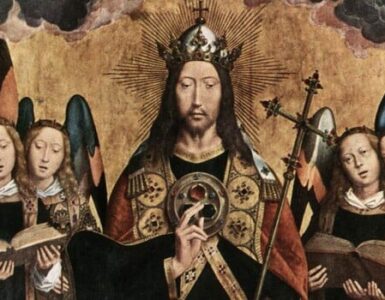Philip Rieff, editor of the ten-volume Collected Works of Sigmund Freud, aptly refers to the great Viennese psychiatrist as “the champion of the second best”. Freud’s writings justify this less than flattering characterization. For example, in his Civilization and its Discontents, one of the most pessimistic books ever written, he states the following: “The service rendered by intoxicating media in the struggle for happiness and in keeping misery at a distance is so highly prized as a benefit that individuals and peoples alike have given them an established place in the economics of their libido”. In the clash between the claims of society and the demands of the libido, man inevitable falls into second place. Bertrand Russell took a similarly pessimistic view. In his Mysticism and Logic, he asserts that “Real life is, to most men, a long second-best, a perpetual compromise between the ideal and the possible.”
“Second best” is an intriguing concept. In the Olympics, second best may earn the athlete a silver medal. A race horse wins money when he “places”. But in life, second best has an altogether different connotation. The gap between what is best and what is second best may be as wide as the gap between Heaven and Hell.
Life is hard. That is a truism. One way to make life a little easier is to backtrack a little. After all, one does not want to be viewed as an extremist. Here is a problem that particularly affects Catholics who take a cafeteria approach to morality. Some may find it too difficult to take the politically incorrect view on abortion. They may rationalize that, although being personally opposed to abortion, they do not want to impose their ideas on others. They can take comfort in the illusion that they are broad-minded. They may not think that by quietly slipping into second best, they are not falling very far. Yet, no attitude could be less Christian.
Christ commands us to “Be perfect, therefore, as your Heavenly Father is perfect” (Matthew 5:28). He also informs us that “He who is not with Me is against Me. If you do not gather the harvest with Me, you scatter it” (Matthew 12:30). In this context falling from best to second best is falling from a disciple to an enemy. It is the difference between sanctity and sinfulness. It is also falling from being a member of the Culture of Life to one of the Culture of Death.
Because life is difficult, moral compromises are most tempting. Yet, when such a conflict arises, it is the person who should change, not the ideal. If the shoe does not fit, we do not change the foot, in a Procrustean manner, we change the shoe. A little compromise here or there on contraception, chastity, or fidelity may seem to be a trifle, but the Christian is amply warned that it is not a trifle but something of great significance. How does a Culture of Death come about except by many decent people making what seem to be insignificant compromises?
Saints Peter and Paul, St. Thomas More, St. Teresa Benedicta of the Cross, and St. Maximilion Kolbe paid dearly for refusing to slip into second best. But they have been amply rewarded in Heaven and remain models for all of us who are tempted to think that Christianity is too idealistic for a world that insists on practicality.
“I scorn to distinguish between culture and civilization,” wrote Sigmund Freud. Nonetheless, failure to work toward civilization means a descent in the direction of what is second best, which is barbarism. The second best promises comfort and convenience, yet it brings about restless and an increasing array of problems. It may be that America has been choosing the second best for some time and is not paying for it. Catholics should understand that the ideal that Christ commands is, though grace, both practical and livable.










